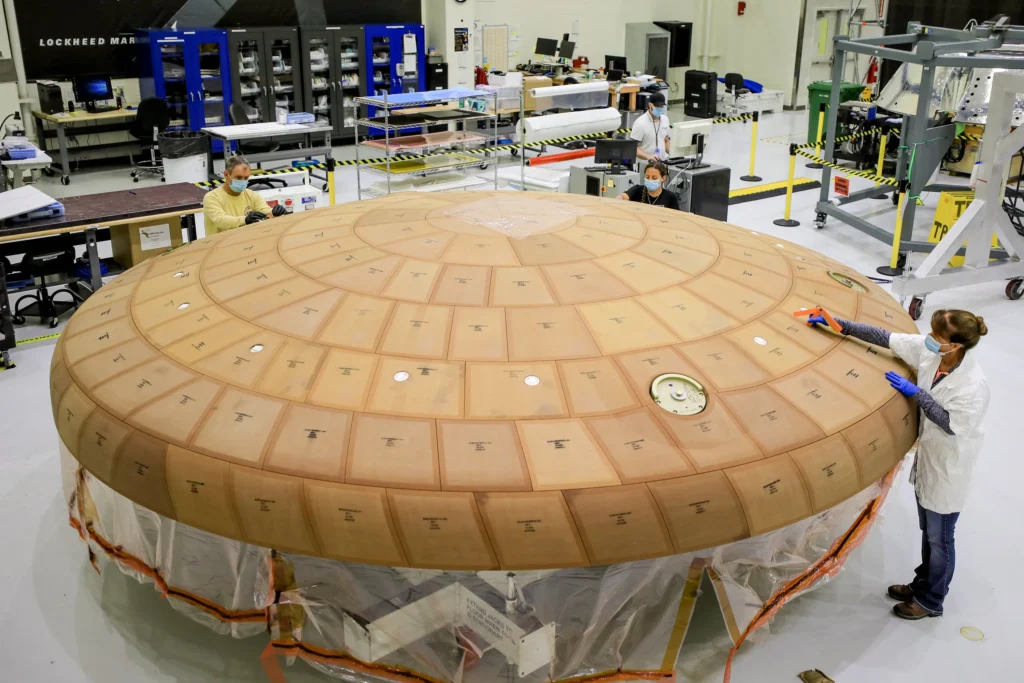NASA specialists have determined why the Orion spacecraft’s heat shield lost more material than expected during the Artemis I mission. However, the reasons for this will not be announced until additional tests are completed.
Problems with the Orion heat shield
In December 2022, NASA launched the Artemis I mission, during which the Orion spacecraft entered orbit around the Moon, spent nearly two weeks there, and then returned to Earth. The flight was a success, but a few months after its completion the anomaly became known. The ablative heat shield at the base of the capsule experienced more material loss than expected. During its post-flight inspection, engineers found cracks and cavities.

The incident didn’t affect the course of the flight. If the astronauts had been on board Orion, they would have returned safely to Earth. However, it demonstrated that its thermal protection didn’t behave the way it was supposed to in accordance with the designers’ calculations. As a result, NASA organized an investigation of the incident. It was taken up by an independent group of experts.
At the October 28 meeting, Lori Glaze, now acting deputy associate administrator in NASA’s Exploration Systems Development Mission Directorate, confirmed that experts had completed their investigations and determined the cause of the abnormal heat shield erosion. According to her, they were able to replicate it in an arc-jet complex at the Ames Research Center.

But while NASA has determined the cause of the incident, the organization has no plans to release it to the public at this time — at least until completion of additional tests. They are expected to be completed by the end of November. After that, NASA Administrator Bill Nelson will have to make a decision on how to proceed.
What NASA will decide
If NASA management decides to reinsure, it means that the Artemis II mission will not be launched before 2026 (it is currently scheduled to launch in 2026). Making changes to the heat shield design will involve partial disassembly of the already assembled Orion spacecraft, followed by additional tests. All this will take at least a year.

Certainly, in the absence of concrete information, it is quite difficult to assess what decision will be made. However, it is worth recalling that NASA already faced a similar situation this year, when a decision had to be made about the safety of returning astronauts on the Starliner spacecraft. In the end, the organization decided to eliminate the slightest risk and returned it to Earth empty.
It’s also worth noting that even if NASA doesn’t change anything, many experts still doubt that Artemis II will be able to launch in 2025. First of all, engineers still haven’t started assembling the SLS rocket — and that process takes many months. Second, there are reasonable doubts that the ground infrastructure will be ready to support its launch in September 2025. And since the U.S. presidential election will be held very soon and, regardless of its outcome, Bill Nelson will almost certainly leave office at the end of the year, this factor may also influence the decision on Artemis II.
Provided by Spacenews


